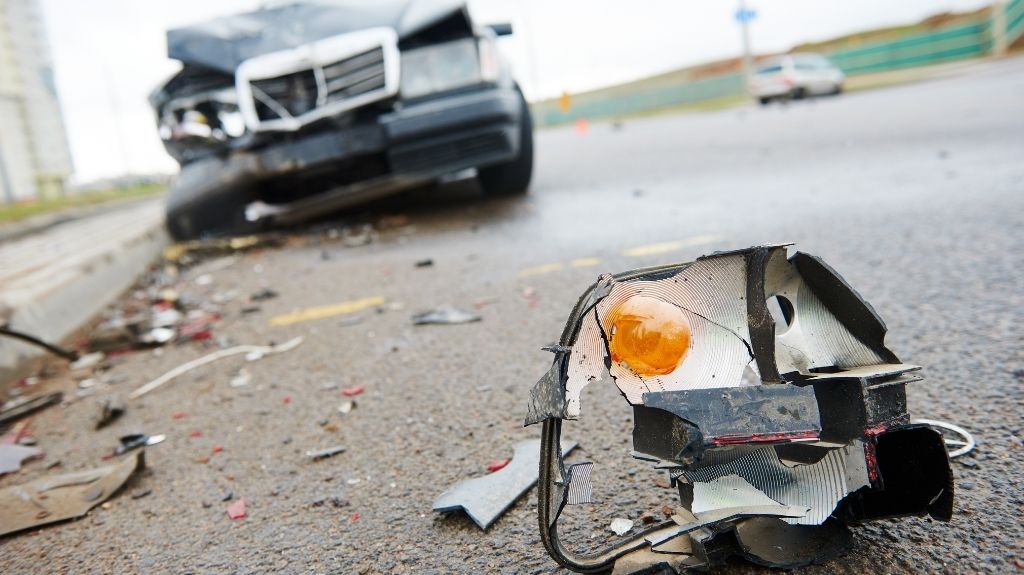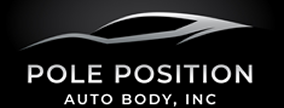
Even the most carefully maintained vehicles need repairs from time to time. It may be tempting to take the lowest quote you can get, but if that quote includes aftermarket parts it may cost you money down the line or worse, compromise your safety. Understanding the difference between OEM parts and aftermarket parts can help you make an educated decision on your vehicle repairs.
What are OEM Parts and Aftermarket Parts?
As a consumer, you have the right to choose which facility your vehicle is repaired at. When deciding, an important factor to consider is if they use OEM parts or aftermarket parts.
- Original Equipment Manufacturer (OEM) Parts: parts and components made by the original manufacturers of the vehicle. OEMs are identical to the parts that were used in building your vehicle and are endorsed by the automaker.
- Aftermarket Parts: parts and components that are created by other manufacturers. Those manufacturers spread their focus on creating parts for all types of makes and models. By doing this, some aftermarket parts may be lower quality than OEM parts.
Choosing a Facility that Uses OEM Certified Parts
One common misunderstanding is that only dealerships can provide OEM parts and accessories. Although OEM parts are crafted by the original manufacturer, independent repair shops can install them. Pole Position Auto Body believes that proper fitting and function are the most important aspects when it comes to repairing your vehicle and OEM parts and procedures allow us to achieve this standard.
The Risks of Aftermarket Parts
Repair shops that deviate from OEM procedures or provide low-quality aftermarket parts can put your safety at risk. For example, in 2017 a collision repair facility was found liable for deviating from OEM roof replacement procedures and contributing to serious injuries during a crash. Evidence after the crash revealed that the roof had been glued on rather than welded on.

Red Flags to Watch For
Most repair facilities won’t advertise underhanded behavior, so it’s important to watch for red flags like:
- Offering to waive the deductible. Not collecting the insurance deductible for repairs is a sure way of knowing the facility isn’t using OEM certified parts. Some shops will waive the deductible and provide subpar parts to pocket the difference.
- Using unclear language about the parts. Some repair facilities will describe aftermarket parts as “OEM quality” or having an “OEM look”. That simply means that the aftermarket part will look natural on the vehicle and doesn’t guarantee that all OEM safety protocols have been met.
Choosing aftermarket parts is like rolling the dice on your replacement parts—some are quality parts, and some aren’t. The best way to ensure the highest quality repair for your vehicle is by choosing a facility that uses OEM parts .
Contact Pole Position Auto Body
If your vehicle does need repairs, Pole Position Auto Body has been serving the Metro Detroit area for over 30 years. We always follow the standard OEM procedures (standards that are put in place to keep you safe) and will restore your vehicle to it’s pre-accident condition in the quickest turnaround time possible – almost 3 days quicker than the average repair facility. You can request a quote online or call us at 248-453-1049!
